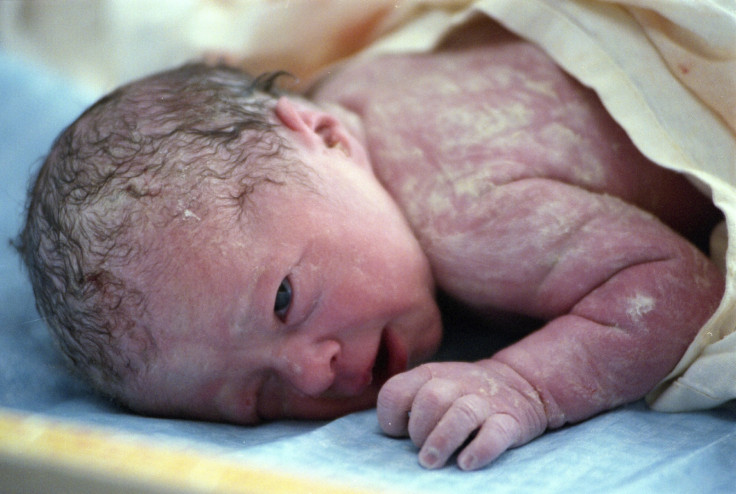Newborn babies can see their parents' faces - if they're a foot away

Newborn babies can see their parents' faces at two or three days old at a distance of around 30cm, scientists have discovered.
A team from the University of Oslo combined previous knowledge on visual perception of infants with the latest technology and maths to show exactly how much of its environment a newborn can see.
Published in the Journal of Vision, the scientists say the findings could also suggest newborns can see emotional facial expressions, which could help explain why babies can imitate facial expressions after just a few days or weeks – long before their vision is developed enough to perceive other environmental details.
Authors say the key distance of 30cm is the same as the distance between a mother and her nursing baby. When the distance is increased to 60cm, the images become too blurry for an infant to make out.
Study author Svein Magnussen said: "Previously, when researchers have tried to estimate exactly what a newborn baby sees, they have invariably used still photos. But the real world is dynamic. Our idea was to use images in motion."

To test newborn perception, the team used previous research on their vision – when you present an infant with a figure against a grey background, the baby directs its gaze towards that figure.
"Figures made up of black and white stripes were used," Magnussen said. "By choosing a certain stripe width and frequency, the field would appear uniformly grey, and the child would not direct its gaze towards it. Changing the width and frequency to make up figures, made it possible to determine the exact level of contrast and spatial resolution needed to make the infant direct its gaze towards the figure."
They then made video recordings of faces that change between different emotional expressions. Adult participants were asked to identify expressions, with the assumption that if adults could not identify it then a baby would not be able to either.
Participants could identify facial expressions in three of the four cases at a distance of 30cm, with rate identification falling as the distance increased. From this, they deduced that newborns ability to identify expressions based on visual information is limited to 30cm.
"Although the perception of faces and facial expressions can function at the low visual resolution of the newborn infant, it is insufficient for distinguishing faces and facial expressions at moderate distances," the authors wrote.
"It's important to remember that we have only investigated what the newborn infant can actually see, not whether they are able to make sense of it," Magnussen added.
© Copyright IBTimes 2024. All rights reserved.






